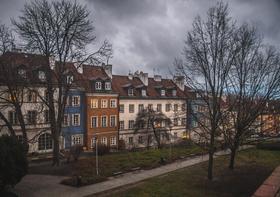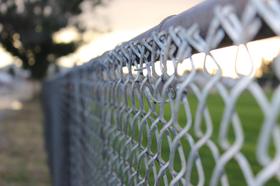Top Rankings
Capital City PCS School District ranks among the top 20% of public school district in District Of Columbia for:
Category
Attribute
Graduation Rate
Highest graduation rate (Top 20%)
Community Size
Largest student body (number of students) (Top 1%)
For the 2025-26 school year, there are 3 public charter schools serving 1,012 students in Capital City PCS School District. This district's average charter testing ranking is 6/10, which is in the top 50% of public charter schools in District Of Columbia.
Public Charter Schools in Capital City PCS School District have an average math proficiency score of 11% (versus the District Of Columbia public charter school average of 18%), and reading proficiency score of 22% (versus the 26% statewide average).
Minority enrollment is 96% of the student body (majority Hispanic), which is more than the District Of Columbia public charter school average of 92% (majority Black).
Overview
This School District
This State (DC)
# Schools
3 Schools
126 Schools
# Students
1,012 Students
41,741 Students
# Teachers
113 Teachers
3,742 Teachers
Student-Teacher Ratio
9:1
9:1
Student By Grade
District Rank
Capital City PCS School District, which is ranked within the top 50% of all 57 school districts in District Of Columbia (based off of combined math and reading proficiency testing data) for the 2022-2023 school year.
The school district's graduation rate of 87% has increased from 85-89% over five school years.
Overall District Rank
#24 out of 57 school districts
(Top 50%)
(Top 50%)
Math Test Scores (% Proficient)
13%
22%
Reading/Language Arts Test Scores (% Proficient)
21%
31%
Science Test Scores (% Proficient)
3%
10%
Graduation Rate
87%
76%
Students by Ethnicity:
Diversity Score
0.50
0.45
% American Indian
n/a
n/a
% Asian
1%
1%
% Hispanic
67%
14%
% Black
24%
73%
% White
4%
8%
% Hawaiian
n/a
n/a
% Two or more races
4%
4%
All Ethnic Groups
District Revenue and Spending
The revenue/student of $29,392 in this school district is less than the state median of $31,299. The school district revenue/student has stayed relatively flat over four school years.
The school district's spending/student of $25,969 is less than the state median of $31,192. The school district spending/student has stayed relatively flat over four school years.
Total Revenue
$30 MM
$2,882 MM
Spending
$26 MM
$2,873 MM
Revenue / Student
$29,392
$31,299
Spending / Student
$25,969
$31,192
Best Capital City PCS School District Public Charter Schools (2025-26)
School
(Math and Reading Proficiency)
(Math and Reading Proficiency)
Location
Quick Facts
Rank: #11.
Capital City Pcs - Middle School
Charter School
(Math: 11% | Reading: 25%)
Rank:
Rank:
6/
Top 50%10
100 Peabody Street Nw
Washington, DC 20011
(202) 808-9800
Washington, DC 20011
(202) 808-9800
Gr: 5-8 | 336 students Student-teacher ratio: 8:1 Minority enrollment: 96%
Rank: #22.
Capital City Pcs - Lower School
Charter School
(Math: 15-19% | Reading: 10-14%)
Rank:
Rank:
5/
Bottom 50%10
100 Peabody Street Nw
Washington, DC 20011
(202) 808-9800
Washington, DC 20011
(202) 808-9800
Gr: PK-4 | 326 students Student-teacher ratio: 11:1 Minority enrollment: 93%
Rank: #33.
Capital City Pcs - High School
Charter School
(Math: ≤5% | Reading: 20-24%)
Rank:
Rank:
4/
Bottom 50%10
100 Peabody Street Nw
Washington, DC 20011
(202) 808-9800
Washington, DC 20011
(202) 808-9800
Gr: 9-12 | 350 students Student-teacher ratio: 8:1 Minority enrollment: 98%
Recent Articles

School Choice vs. Neighborhood Schools: Key Factors
Explore school choice vs. neighborhood schools in 2025. Learn key factors parents should weigh when deciding the best fit for their child.

Best School Match 2025: Public vs Charter vs Magnet
Compare 2025 public, charter, and magnet school options with updated data, trends, and strategies to find the best fit.

Public School Boundaries and Equity in 2025
Explore how public school boundaries shape access, equity, and opportunity for students in 2025. Learn the impact on families and education policy.





